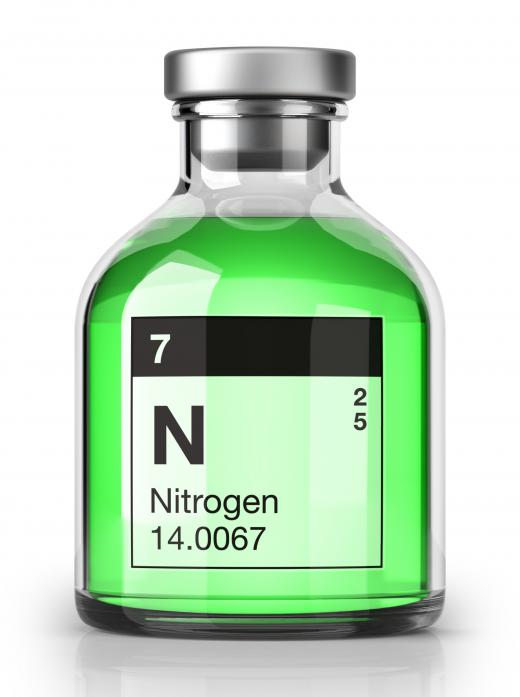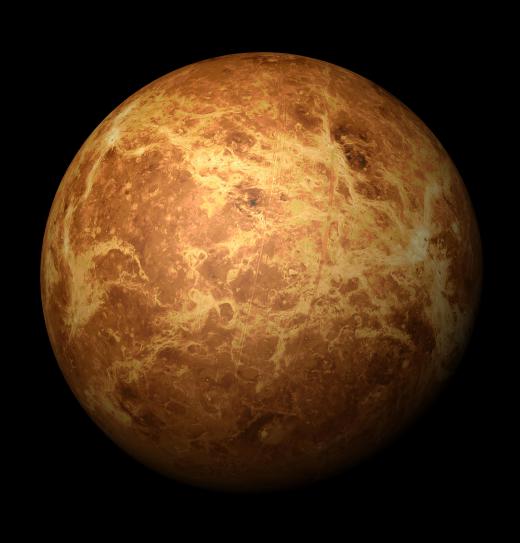What are Some Prominent Features of Venus?
 Michael Anissimov
Michael Anissimov
Venus, called Earth's "sister planet" for its similar size, has a surface nothing like ours. Venus's atmosphere is 96.5% carbon dioxide, with 3.5% nitrogen making up the rest. The surface temperature is 462°C (863°F), well above that of a typical oven broiler, and surface pressure is 90 atmospheres, about equivalent to the pressure underneath a kilometer of water on Earth. The cloud tops experience 300 km/h (186 mph) winds regularly. Its surface consists of red-hot basalt plains, and plenty of evidence of past and present volcanism, although no eruptions have been observed directly.
To the naked eye, Venus appears milky white, its relatively high albedo, or reflectance, and proximity to Earth and the Sun making it the brightest object in the night sky except for the Moon. This has earned it the name "Morning Star," or "Evening Star," as it gets brightest near sunrise or sunset.

Humanity has been familiar with Venus since prehistoric times and references to it can be found in our oldest texts, from Babylonian cuneiform. Named after the Roman goddess of love, its designation strongly contrasts with that of Mars, named after the Roman god of war. It is the only planet in the solar system named after a female figure.
On 14 December 1962, the first successful interplanetary mission, Mariner 2, sent by NASA, passed close to Venus and was able to measure the surface temperature, confirming its extreme heat and discarding the notion of any life there. Throughout the 1960s, the Soviets sent several Venera probes to the surface, which took images of the surface and measured the content of the atmosphere before quickly succumbing to the high pressure. Only a few submarines are even capable of operating at these pressures, although bathyscapes - specially designed divers - can, opening up the eventual possibility of a long-term probe stay on the Venusian surface, a la the Mars rovers.

In late 1990, the United States' Magellan probe reached orbit around Venus, mapping its surface extensively using radar, providing images of similar quality to visible light photographs of other planets. Numerous volcanic surface features were found, but no active volcanoes. Like other rocky planets, Venus has highlands, valleys, plains, and its own unique features, including star-like fracture patterns called novae.
AS FEATURED ON:
AS FEATURED ON:












Discuss this Article
Post your comments